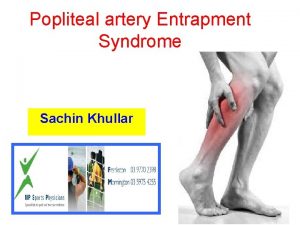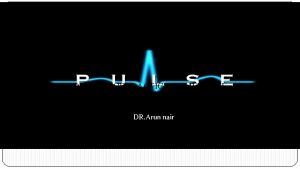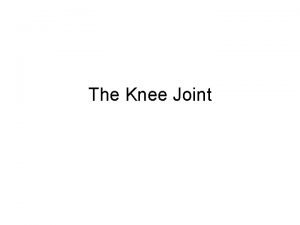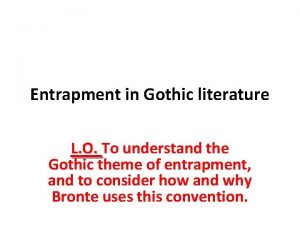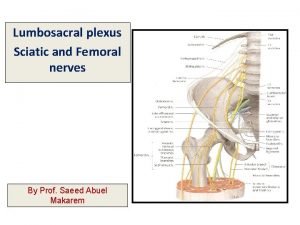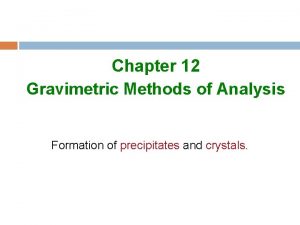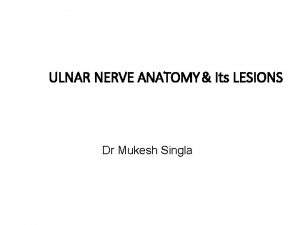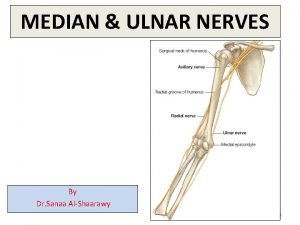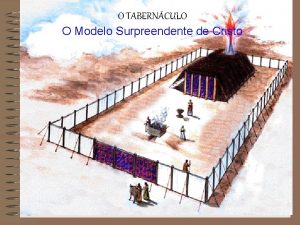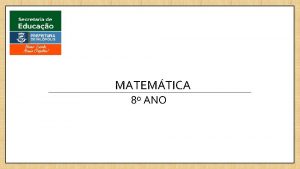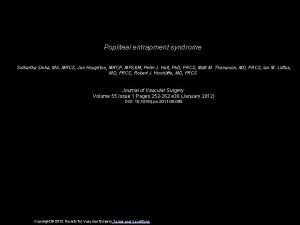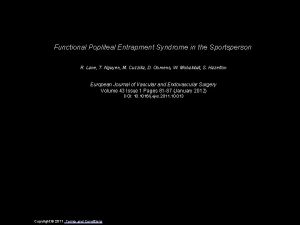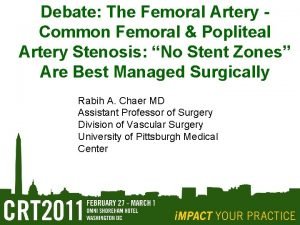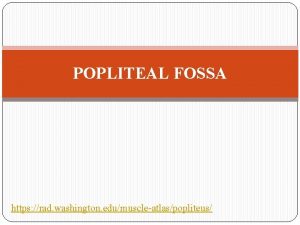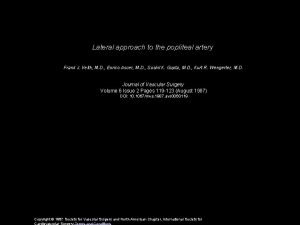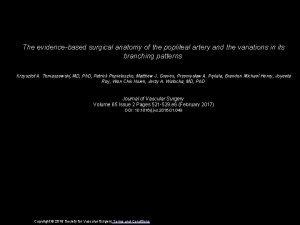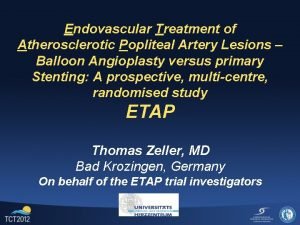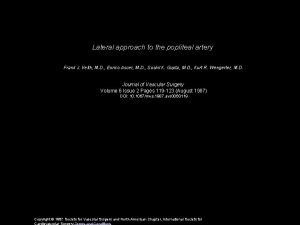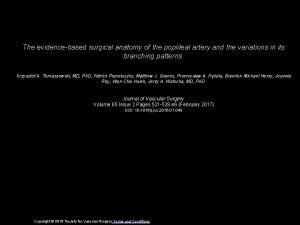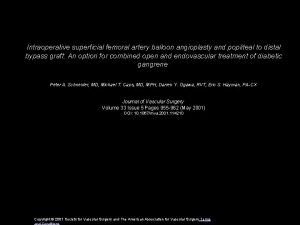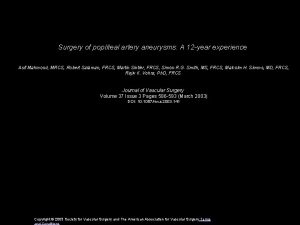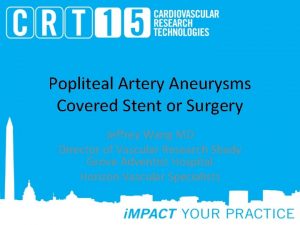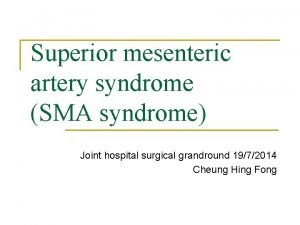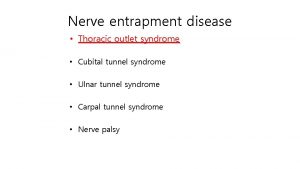Popliteal artery Entrapment Syndrome Sachin Khullar PAES Some




















- Slides: 20

Popliteal artery Entrapment Syndrome Sachin Khullar


PAES- Some Facts • Uncommon Clinical Entity • Potentially Limb Threatening • 30 -50% asymptomatic patients can occlude popliteal artery by knee extension and plantar flexion • Relative force of Plantar flexion occluding the artery is more important • Not helped by rest or medication • May be unilateral

PAES- (no) Anatomical Torture • Popliteal artery arises from Superficial Femoral artery • Popliteal artery lies in Popliteal fossa • Popliteal fossa lies at the back of the knee • PAES can be Functional Levien and Veller, 1999

PAES- Presentation • Pain, paraesthesia or weakness induced by exercise, but possibly positional and/or at rest. • Pain develops and dissipates quickly • Usually painful superficial posterior Compartment ( not a rule) • Not helped by rest or medication • May be unilateral • Pulses may/may not be absent Hislop, Sanjay, 2015

Popliteal artery Development Levien et al, 1999; Hislop, 2014

PAES- Entrapment Sites • Between plantaris and (MHGM) • Between plantaris and popliteus • At the soleal sling • Between the MHGM and the LFC MHGM (reflecte d) Popliteus Popliteal Artery Plantar is Soleal sling

PAES- Anatomical Types Rich et al, 1989

PAES- Clinical Types Asymptomatic Occluders Anatomical PAES Functional PAES

PAES- Diagnosis • Clinical Tests • Doppler provocative protocols • MRI and MRI angiography with stress testing • Digital subtraction Angiography

Clinical Provocative test • No validated test • Pulse examination and bruit • Provocative heel drops eccentrically for 15 -20 times – looking for clinical S/S and Bruit • Single leg hops • ABI

DOPPLER and Provocative tests

Digital Subtraction Angiography Tercan et al, 2005

MRI-A in PAES Complete occlusion of flow In popliteal artery in left leg L

MRI-A with DF and PF

PAES-Treatment

BOTOX injection- Definitive or intermediate step • Proposed mechanism of action: § 20 -40 Units injected - Paralysis of Muscle - Associated atrophy - Arterial Smooth Muscle dilatation § Safe § Ultrasound Guidance § Takes 4 -6 days to act § Can be topped up § Gradual return to Play

PAES- Surgery • At present surgical correction is advised for the presence of Anatomical PAES (Types 1 -5) where the occlusion is often more severe, and risk of adventitial injury to the artery • Anatomical dissection of the artery • Myotomy MHGM

Hislop et al, 2014

THANK YOU
 Popliteal entrapment syndrome
Popliteal entrapment syndrome Dr. sachin khullar
Dr. sachin khullar Popleteal artery
Popleteal artery Eraceka
Eraceka Popliteal pulse location
Popliteal pulse location Branches of popliteal artery
Branches of popliteal artery Celiac artery and mesenteric artery
Celiac artery and mesenteric artery Bmi 35 female
Bmi 35 female Theme of entrapment
Theme of entrapment Superficial peroneal nerve
Superficial peroneal nerve Inorganic precipitating agents
Inorganic precipitating agents Difference between colloidal and crystalline precipitate
Difference between colloidal and crystalline precipitate Pen test median nerve
Pen test median nerve Holy trinity
Holy trinity Ulnar palsy
Ulnar palsy Entrapment examples
Entrapment examples Criminal law samaha 9th
Criminal law samaha 9th A mesa dos pães da presença de deus
A mesa dos pães da presença de deus Para fazer 22 paes um padeiro utiliza 1 quilo
Para fazer 22 paes um padeiro utiliza 1 quilo Figurinha de até a próxima aula
Figurinha de até a próxima aula Poema josé paulo paes
Poema josé paulo paes

